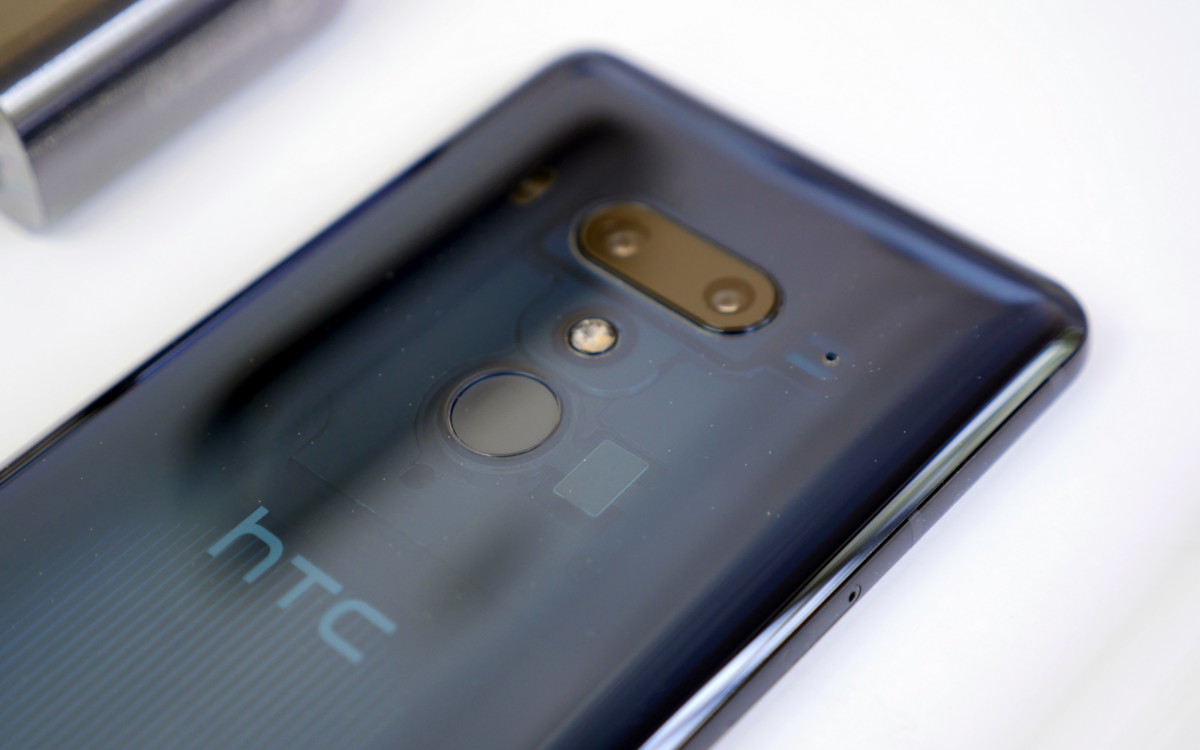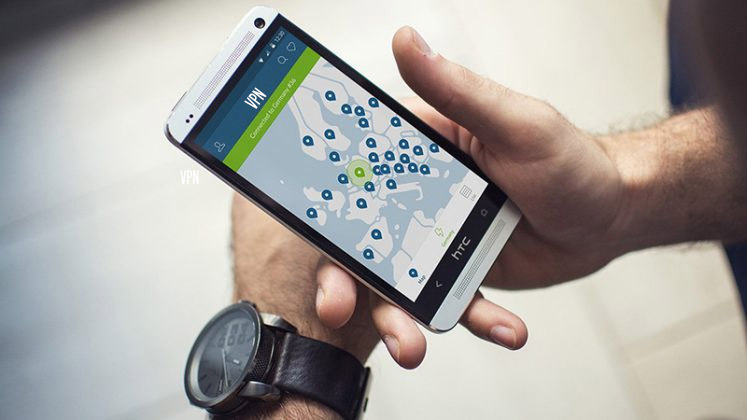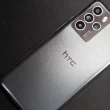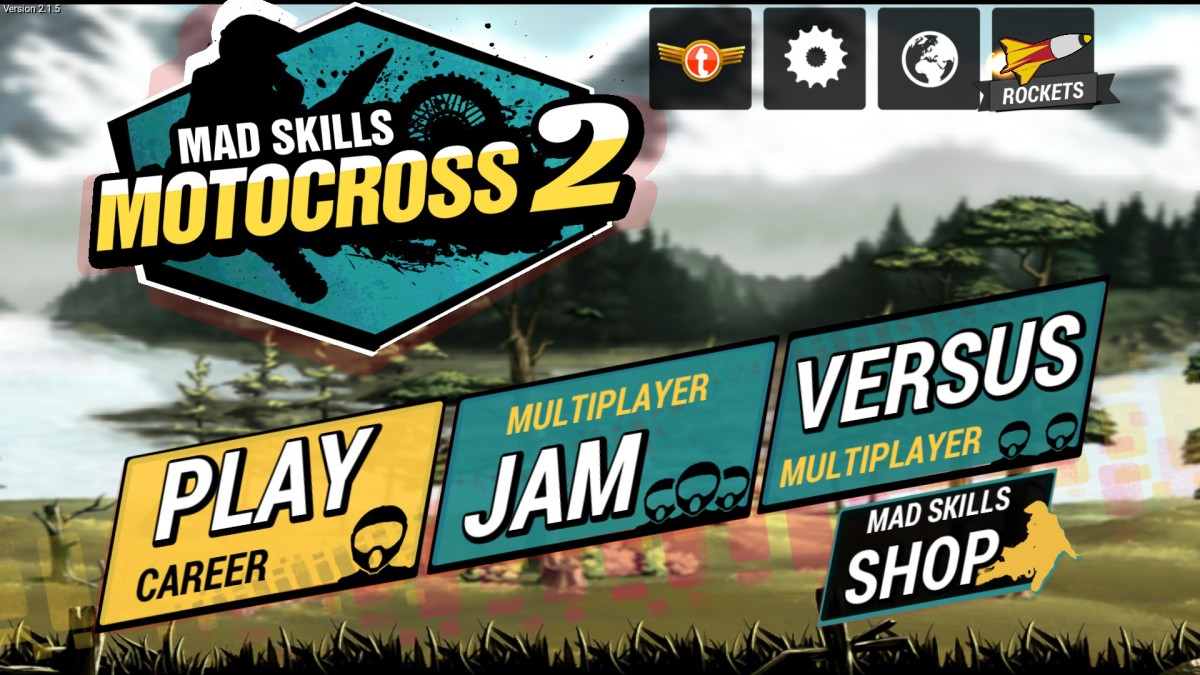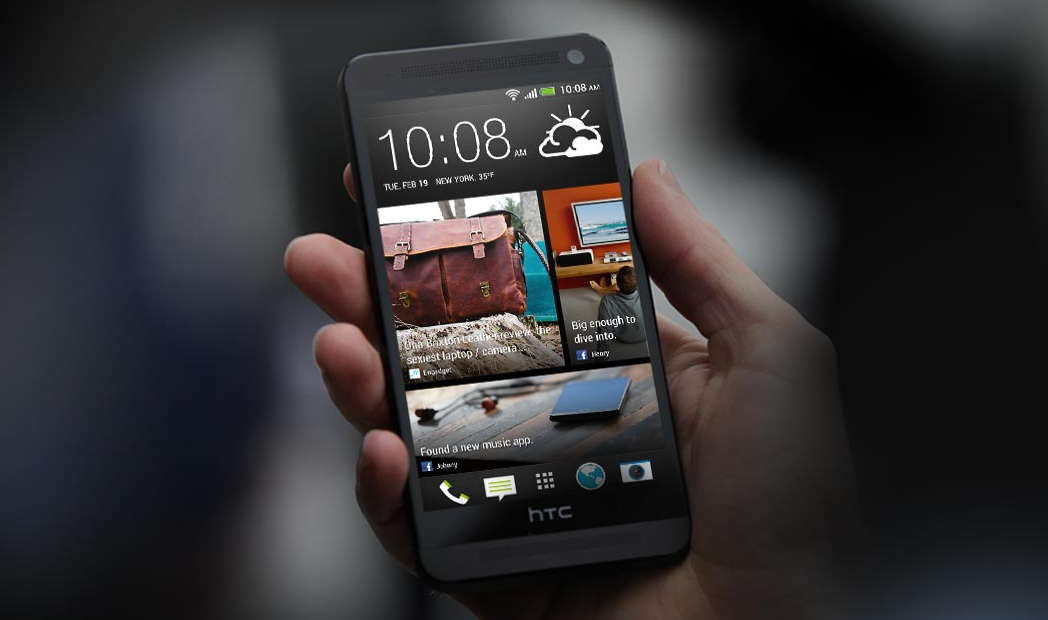
The past few days have been filled will ill will towards Google for serving Cyanogen with a C&D letter for his Android ROM development. In the beginning many were confused since Android is an open source platform, but it turn out that Google was simply trying to protect their intellectual property by stopping the distribution of their apps that make up the "with Google" Android experience. Over on xda-develoeprs there has been a lot of talk about how Android ROM development will proceed from here on out, but today we have finally heard from Cyanogen and he’s given a clear picture of what the future holds.
The current state..
The last few days have been difficult. What has become clear now is that the Android Open Source Project is a framework. It’s licensed in such a way so that anyone can take it, modify it to their needs, and redistribute it as they please. Android belongs to everyone. This also means that big companies likes Google, HTC, Motorola, and whomever else can add their own pieces to it and share these pieces under whatever license they choose.
I’ve made lots of changes myself to the AOSP code, and added in code from lots of others. Building a better Droid, right?
The issue that’s raised is the redistribution of Google’s proprietary applications like Maps, GTalk, Market, and YouTube. These are not part of the open source project and are only part of “Google Experience” devices. They are Google’s intellectual property and I intend to respect that. I will no longer be distributing these applications as part of CyanogenMod. But it’s OK. None of the go-fast stuff that I do involves any of this stuff anyway. We need these applications though, because we all rely so heavily on their functionality. I’d love for Google to hand over the keys to the kingdom and let us all have it for free, but that’s not going to happen. And who can blame them?
There are lots of things we can do as end-users and modders, though, without violating anyones rights. Most importantly, we are entitled to back up our software. Since I don’t work with any of these closed source applications directly, what I intend to do is simply ship the next version of CyanogenMod as a “bare bones” ROM. You’ll be able to make calls, MMS, take photos, etc. In order to get our beloved Google sync and applications back, you’ll need to make a backup first. I’m working on an application that will do this for you.
The idea is that you’ll be able to Google-ify your CyanogenMod installation, with the applications and files that shipped on YOUR device already. Or, you can just use the basic ROM if you want. It will be perfectly functional if you don’t use the Google parts. I will include an alternative app store (SlideMe, or AndAppStore, not decided yet) with the basic ROM so that you can get your applications in case you don’t have a Google Experience device.
I’ll have more updates soon as I get all the code hammered out.
Thanks for all the support thru all of this.
At this point, it’s clear that Cyanogen is not taking Google’s cease and desist letter as instructions to stop working on Android. The platform is open source and will remain that way. Those looking to keep the "with Google" experience might be able to do so by backing up their Google apps before flashing a new ROM.
Probably the most notable thing that has come to light out of all this is the real definition behind the Google experience on Android. At first, speculation pointed towards a standard Android UI with a few Google apps. However, we know now that the upcoming HTC Hero with be sporting the "with Google" branding. In light of events over the past few days, we now know that the C&D letter was meant to protect the "with Google" user experience which is proprietary software and apps from Google.
Though a lot of Android fanboys may be quite upset at Google’s recent behavior, it appears that the development community is already picking itself up and charting out a course for the future. It will be interesting to see how development of Android evolves from a Google experience to a true open source ecosystem.




